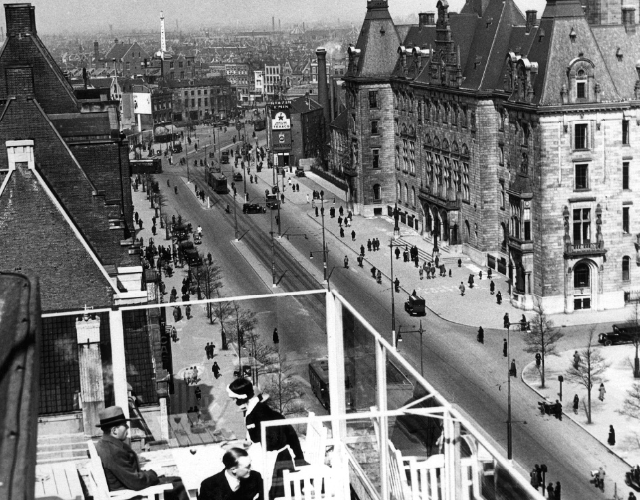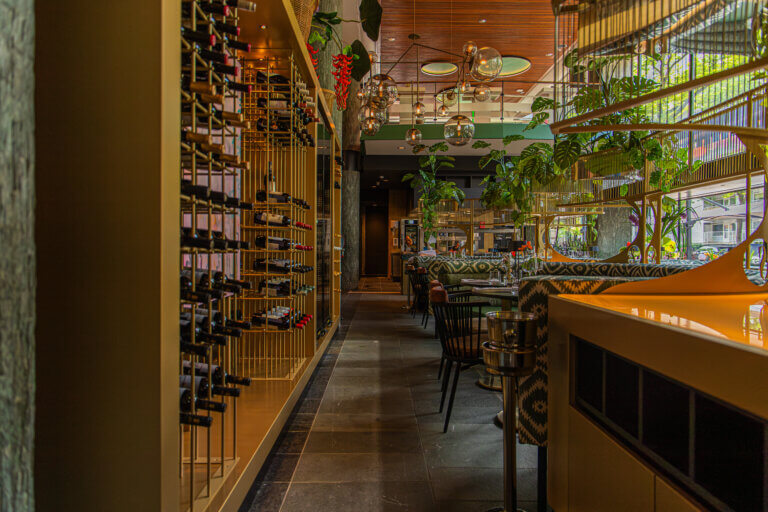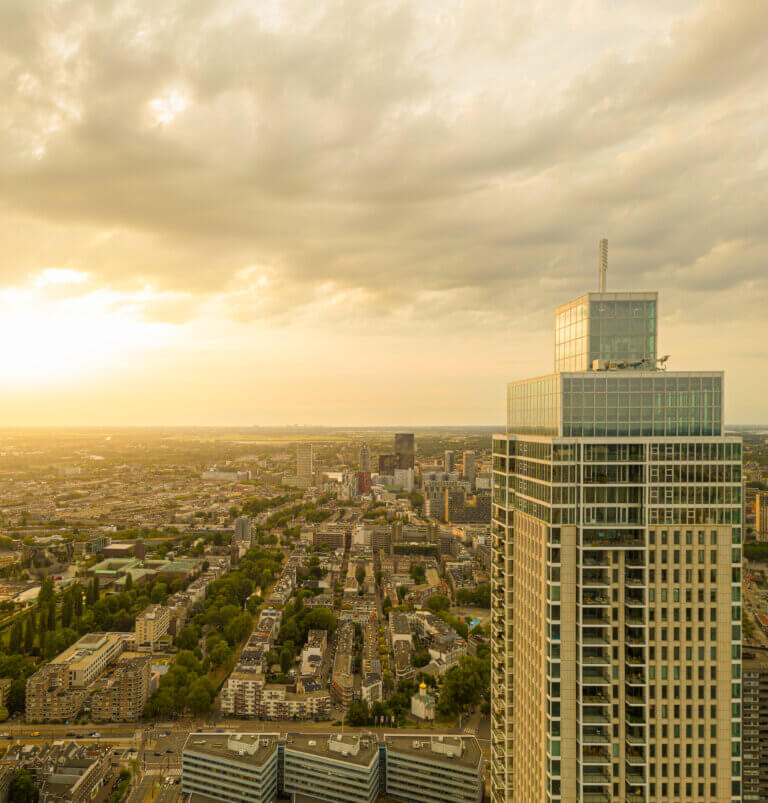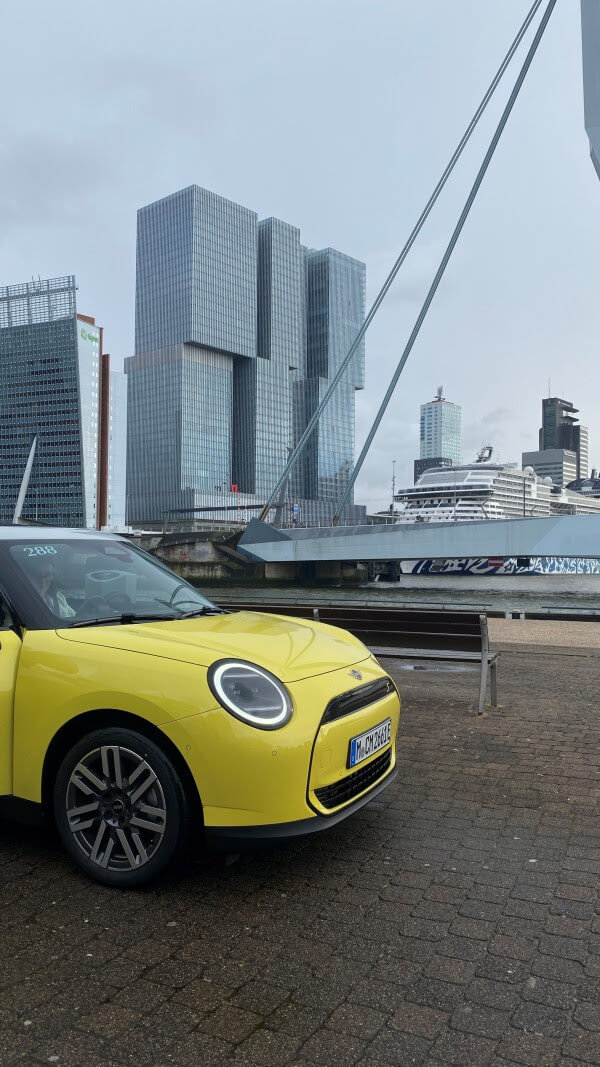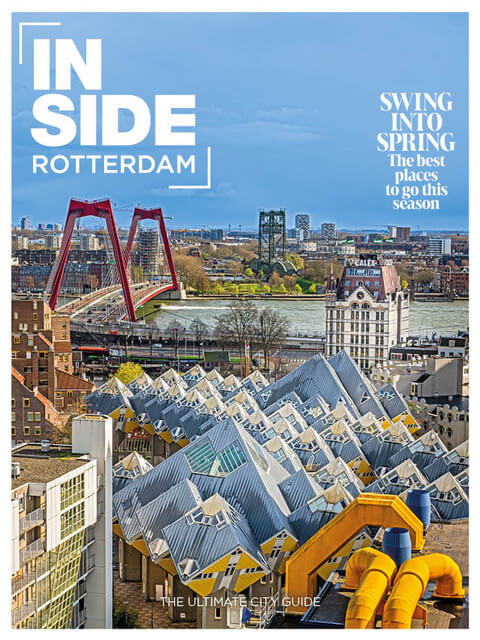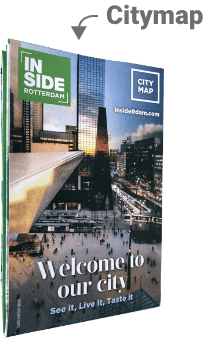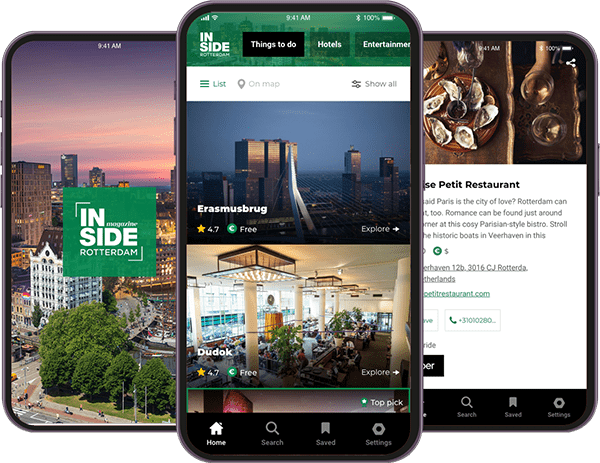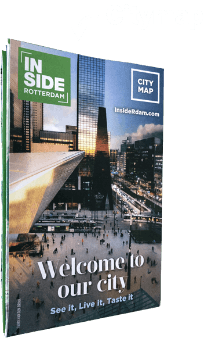One hundred years ago, Rotterdam experienced an unparalleled period of prosperity, with ambition and zest for building. Guest curator Wim Pijbes made a selection from the collection of Kees Schortemeijer. To show how Rotterdam thrived in the Roaring Twenties.
The First World War was over, the Spanish flu (which claimed thousands of Rotterdam residents in 1919) was under control and a new era was dawning. Women could finnaly vote, radio and film came and the optimism of the Jazz Age was everywhere. Nowhere in the Netherlands did the avant-garde and modernism flourish more exuberantly.
Ships of the Holland America Line and the Rotterdamsche Lloyd carried thousands of passengers to and from New York and Asia every week. Katendrecht developed into the first Chinatown on the European mainland. Thanks to the Rotterdam cinema operator Abraham Tuschinski, the public was able to meet Josephine Baker. Dirk Hannema, the young director of Museum Boijmans, proudly advertised his new art temple in The New York Times.
Willem Dudok’s Bijenkorf was the largest in the country and was considered the most modern department store in Europe. The Kuip was the the largest soccer stadium and the Maastunnel the first traffic tunnel. Ocean liners like the Rotterdam, Amsterdam and Statendam rolled off the ramps of Wilton. Architect Le Corbusier praised Van Nelle’s transparent glass new factory and meanwhile, sky-scrapers were working their way up.
On May 14, 1940, between 1:27 and 1:40 PM the German Luftwaffe swept away all the optimism with a a devastating bombardment.
Roaring Twenties is part of Willem Pijper in Rotterdam
A lot went missing but Cornelis ‘Kees’ Schortemeijer (1894-1979) is the ideal chronicler of the Rotterdam interbellum. This collector, designer, composer, filmmaker was politically active and socially engaged, together with his wife. He was an independent insurance agent. In addition to an extensive art collection, he compiled albums about everything that inspired him. All together, thousands of clippings, children’s drawings, advertising material, graphics and original works of art can offer a diary of his life and times. The first album from 1922-1924 was painted by Henk Chabot. The Chabot Museum has the entire collection under management as a donation. This exhibition offers, just as a glimpse, an introduction to the Schortemeijer collection.
Roaring Twenties Rotterdam opens October 14 in Chabot Museum. It’s part of the Willem Pijper in Rotterdam-event. The redevelopment of the Coolsingel, the restoration of the Maastunnel, plans for the Kuip and Museum Boijmans, the transformation of the Fenix warehouse and the publication of the biography and renewed interest in the Rotterdam composer Willem Pijper, make a reorientation of historic Rotterdam topical.
